The battle for the perfect pint has long been waged in breweries and bars worldwide, but recent discoveries suggest that the secret to long-lasting beer foam might be simpler than we thought. While brewers have focused on ingredients and carbonation levels, a critical factor has been hiding in plain sight: the cleanliness of the glass itself. This revelation is changing how we approach beer service, from casual pubs to high-end craft breweries.
Scientists studying foam stability have found that microscopic residues on glass surfaces—often invisible to the naked eye—can dramatically accelerate foam collapse. These residues come from various sources: detergent films, grease from fingerprints, or even the oils from a drinker's lips during previous sips. The interaction between these contaminants and the beer's proteins creates weak points in the foam structure, causing bubbles to burst prematurely.
The physics behind beer foam is surprisingly complex. A stable head requires the right balance of surface-active compounds (mostly proteins and hop bitters) that form elastic membranes around gas bubbles. When these bubbles reach the surface, they arrange themselves into the familiar foam structure. Clean glass provides an ideal surface for bubble formation and maintenance, while contaminated glass disrupts this delicate equilibrium.
Bar professionals have noticed this phenomenon for years without understanding the science behind it. "We used to think certain beers just didn't hold head well," explains Michael O'Hara, a veteran bartender from Dublin. "Then we started paying obsessive attention to glass washing, and suddenly every beer developed better foam retention. It was like discovering a whole new dimension to serving beer."
Traditional glass-cleaning methods often fall short because they leave behind detergent residues or fail to remove all organic films. The beer industry is now developing new cleaning protocols and specialized detergents that leave glassware truly residue-free. Some establishments have adopted rinsing with cold distilled water as a final step, while others use steam sterilization to achieve molecular-level cleanliness.
The impact of glass cleanliness extends beyond aesthetics. Foam plays a crucial role in aroma release and flavor perception. As bubbles burst at the surface, they carry volatile aromatic compounds toward the drinker's nose. Poor foam means less aroma, which translates to diminished flavor experience. This connection between clean glassware and sensory quality has made foam stability a serious quality control issue for breweries.
Modern beer styles present particular challenges. Highly hopped IPAs, for instance, contain proteins that make them prone to excessive foaming if poured incorrectly, yet these same proteins can create remarkably stable foam when the glass is properly prepared. On the other hand, traditional British cask ales require just the right amount of foam to balance their lower carbonation levels—a feat impossible to achieve with improperly cleaned glassware.
Consumer education has become part of the solution. Some breweries now include glass-care instructions on their packaging, while beer festivals train staff to inspect glasses under special lights that reveal contaminants. The message is clear: treating glassware as carefully as the beer itself makes a noticeable difference in drinking experience.
This newfound focus on glass cleanliness has even spawned specialized products. Beer-clean certification tests, UV inspection lights, and professional glass-washing systems have entered the market. Some bars display their glass-cleaning equipment prominently, using it as a mark of quality assurance much like chefs showcase their kitchens in open-plan restaurants.
The implications reach beyond commercial establishments. Home beer enthusiasts are discovering that their glassware habits might explain why their carefully selected craft beers sometimes fall flat—literally. Simple changes like avoiding dishwashers (which often leave detergent films), hand-rinsing with hot water, and storing glasses upside down in dust-free cabinets can dramatically improve home beer enjoyment.
As research continues, scientists are uncovering even more subtle interactions between glass surfaces and beer components. Some preliminary studies suggest that the very composition of glass—its mineral content and microscopic texture—might influence foam behavior. This could lead to further innovations in glass manufacturing specifically for beer service.
The pursuit of perfect foam has become a point of pride among serious beer servers. Competitions now include glass preparation as a judged category, and beer sommelier certifications test candidates on proper glass-handling techniques. What began as a practical concern has evolved into an art form that honors beer's complexity.
In the end, this foam revelation reminds us that great beer experiences depend on countless small details. From the brewer's kettle to the drinker's lips, every step matters. The humble beer glass, it turns out, isn't just a container—it's an active participant in the science and pleasure of beer drinking. And keeping it impeccably clean might be the simplest way to elevate an ordinary beer into something extraordinary.

By /Jul 24, 2025

By /Jul 24, 2025
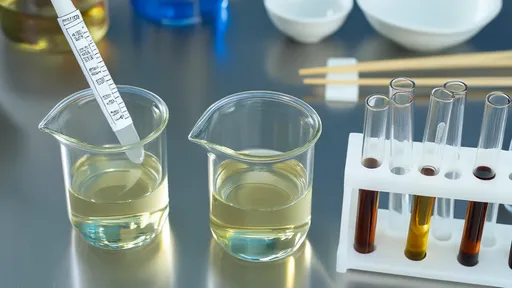
By /Jul 24, 2025

By /Jul 24, 2025
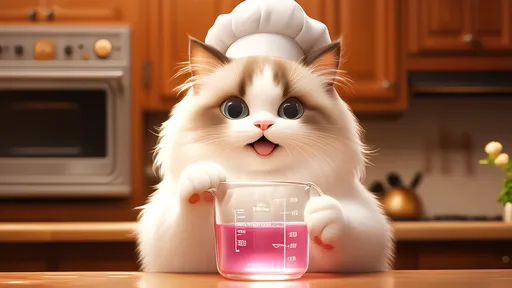
By /Jul 24, 2025
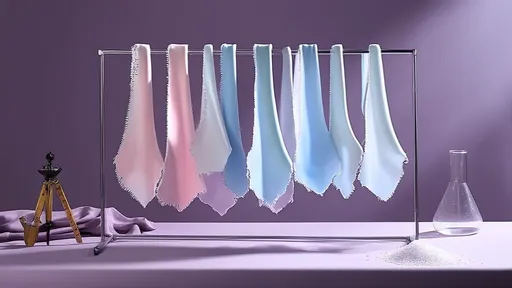
By /Jul 24, 2025
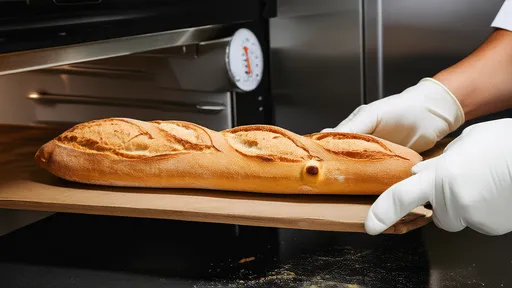
By /Jul 24, 2025
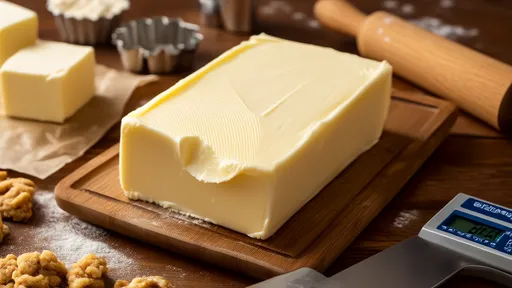
By /Jul 24, 2025
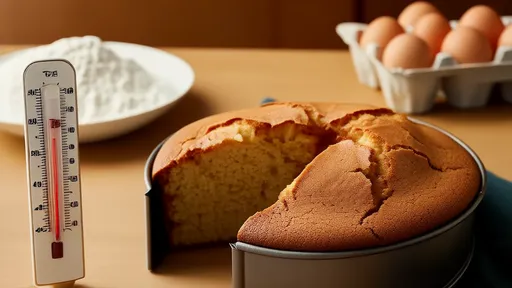
By /Jul 24, 2025
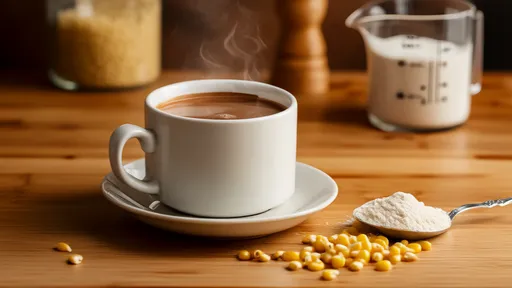
By /Jul 24, 2025
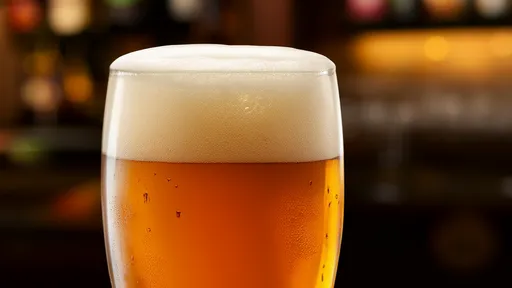
By /Jul 24, 2025
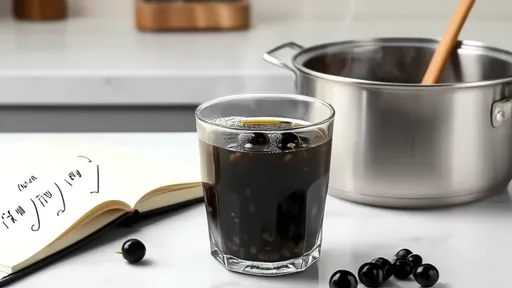
By /Jul 24, 2025

By /Jul 24, 2025
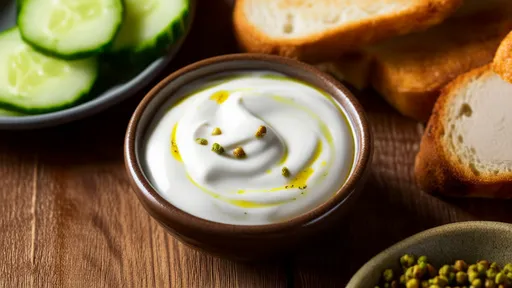
By /Jul 24, 2025
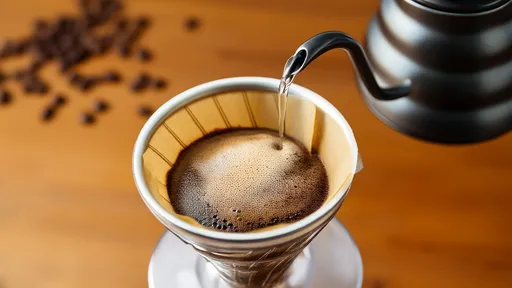
By /Jul 24, 2025

By /Jul 24, 2025
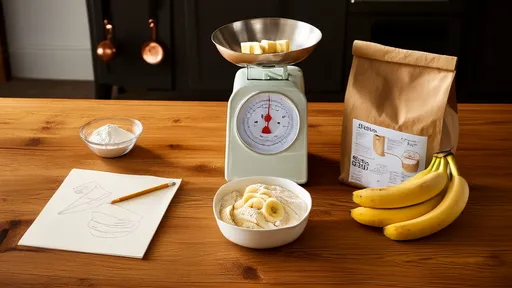
By /Jul 24, 2025

By /Jul 24, 2025